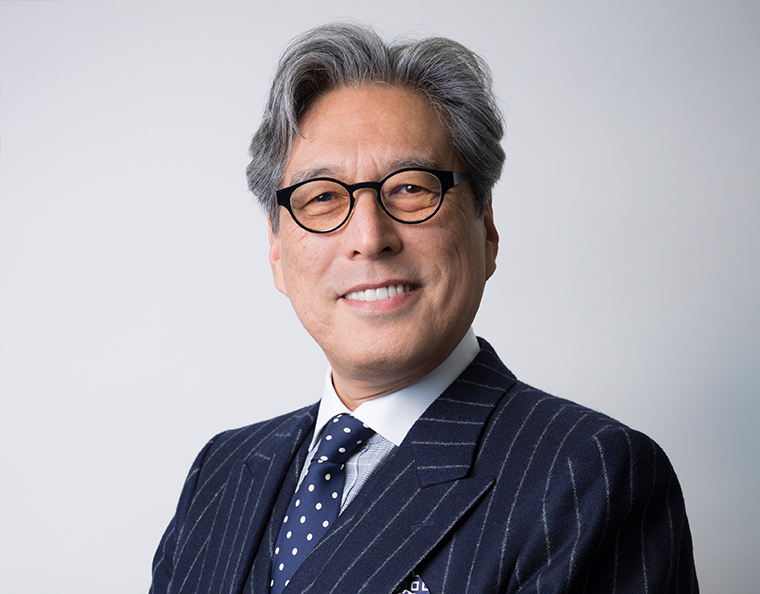SCROLL
- Mode Gakuen Cocoon Tower
-
The Mode Gakuen Cocoon Tower project was an open competition. Over 100 proposals from within and outside of Japan were submitted and more than 150 design presentations were made. The design proposal submitted by Tange Associates was selected. Led by Chairman Paul Tange, Principal Architect Masaki Nakayama and his team worked on the proposal. Nakayama says, “The head of Mode Gakuen spoke passionately about how a school is a place that cultivates dreams, so he wanted a building where new dreams can emerge and develop.”
Redefining school architecture: the idea of stacking the school vertically.

Even within Tokyo, architecture designed for the districts of Aoyama, Ginza, and Asakusa should be different. My father called people who designed with this in mind “urbanists.”
- Paul Tange -
- Novelty and functionality into form.
- “We aimed for novelty and beauty but structurally, it is a form that makes a building stable. Considering its limited small ground base, we focused on maximizing the amount of greenery. Meanwhile, to fulfill the classroom requirements, we enlarged the middle section. Finally, to enhance the silhouette, we narrowed the building again toward the top. Balancing aesthetics and structure was the most challenging task. The Great East Japan Earthquake struck on March 11, 2011, but Mode Gakuen Cocoon Tower shook very little. We had conducted simulations for long-period ground motion earthquakes,” explains Nakayama.
Overcoming budget limitations by changing the way of thinking.
Nakayama adds, “This design presented additional challenges during construction; including special classroom requests of different designs, and accommodating this with the building’s unique oval shape. In order to remain within budget, we transitioned to the idea of standardizing the size of the exterior wall panels and instead adjusting the interior height of each floor.
Mode Gakuen Cocoon Tower stands for the passion and enthusiasm of everyone involved -- that led to the creation of a city landmark. Today, it’s become an iconic building that represents the urban landscape of Nishi-Shinjuku.”
Excerpts taken from https://en.tangeweb.com/project/modegakuen/ with the permission from Tange Associates, 2019.
Taro tries to provide excptional experiences in Japan
which are not always accessible to everyone. We need to know who you are so we can show you who we are!
Please sign up and we’ll keep you up-to-date
with the latest news and information!






